Statistics Assignment: Analysis of Australian Exports, Frequency Table, Time Series, Correlation Analysis and Linear Regression
VerifiedAdded on 2022/11/11
|8
|631
|248
AI Summary
This Statistics assignment covers the analysis of Australian exports, frequency table, time series, correlation analysis, and linear regression. The assignment includes graphical illustrations, frequency tables, relative frequency histogram, Ogive, numerical summary table, correlation analysis, linear regression, and hypothesis testing. The assignment also covers the interpretation of the results obtained from the analysis.
Contribute Materials
Your contribution can guide someone’s learning journey. Share your
documents today.
1 out of 8
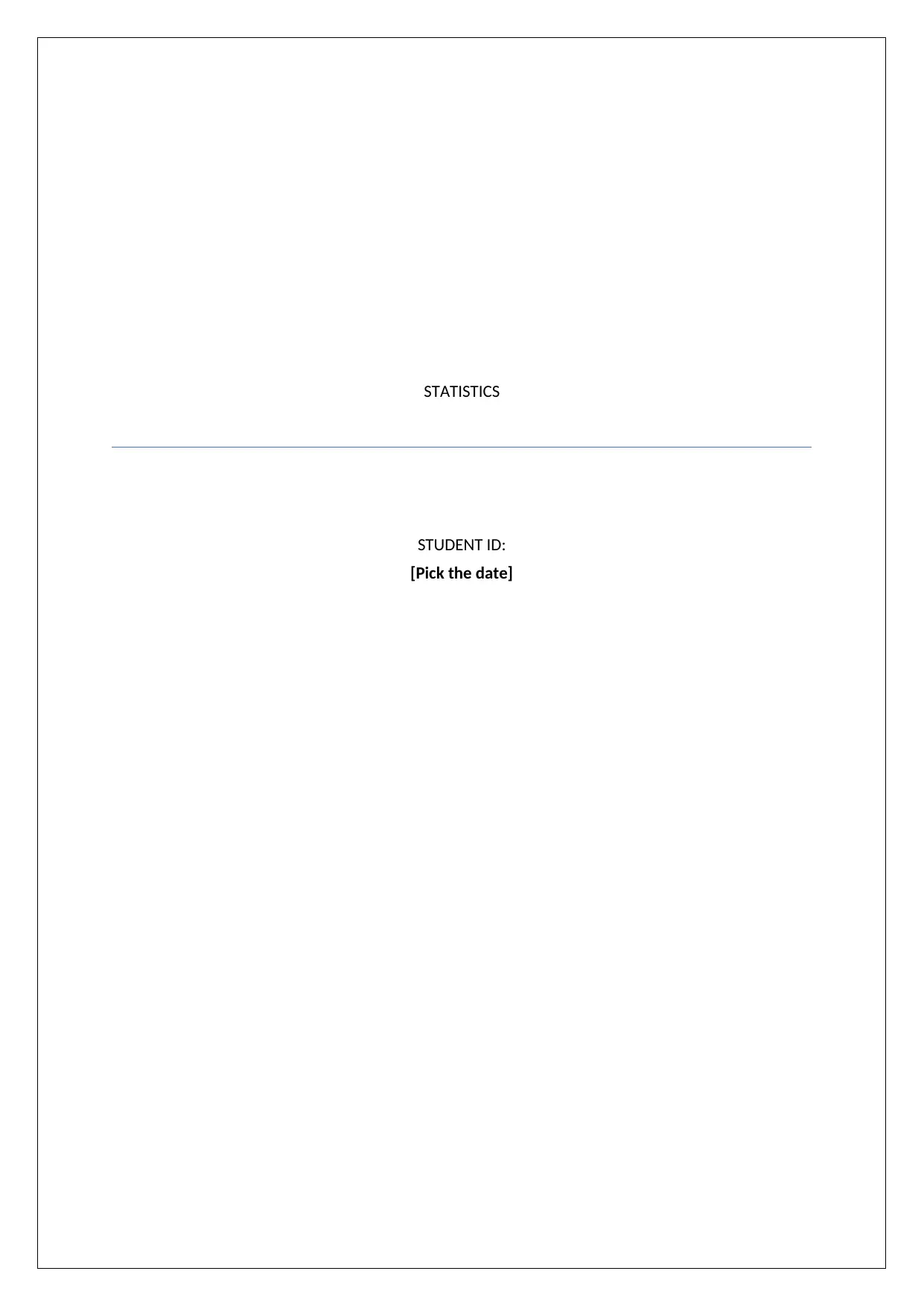
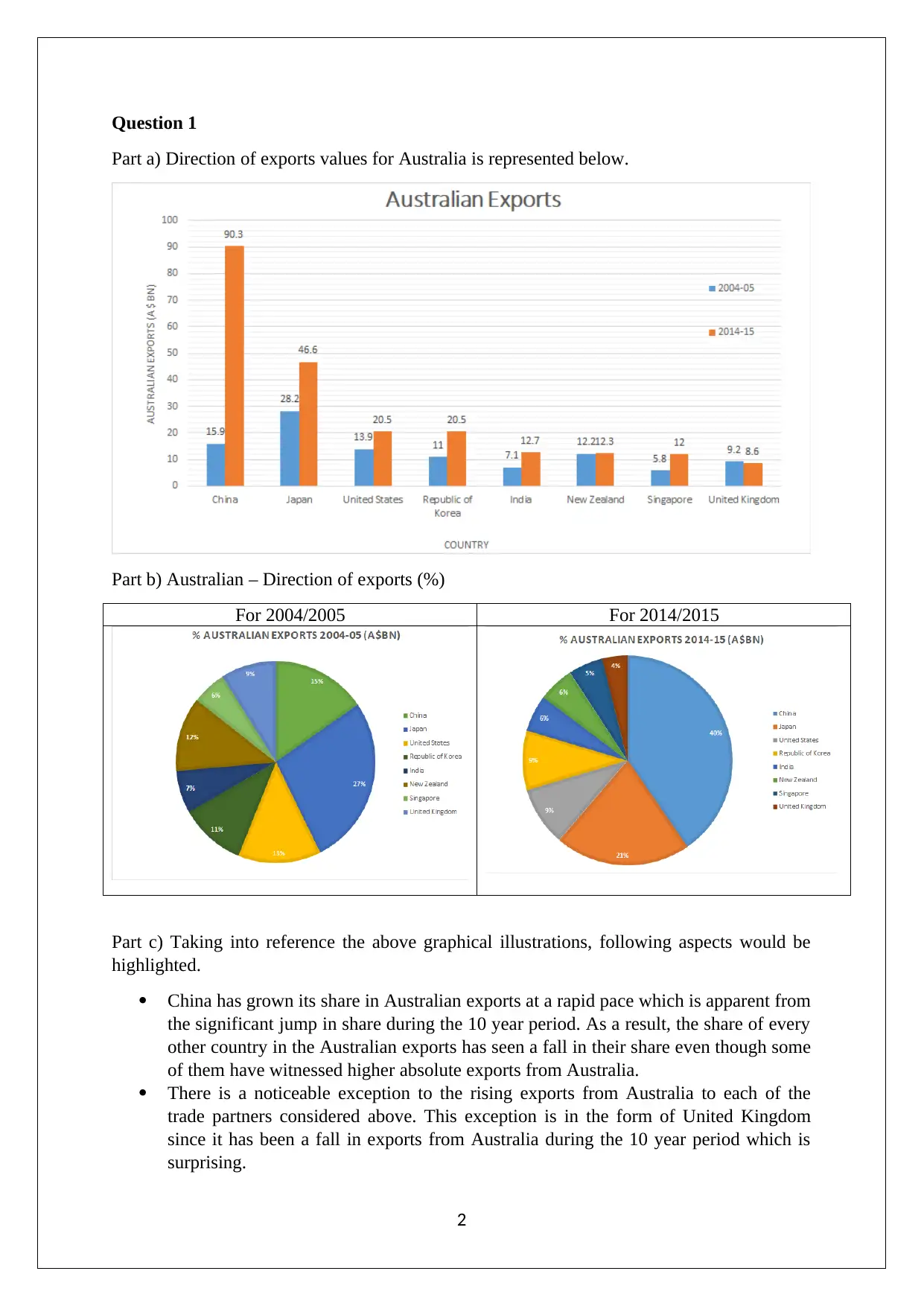

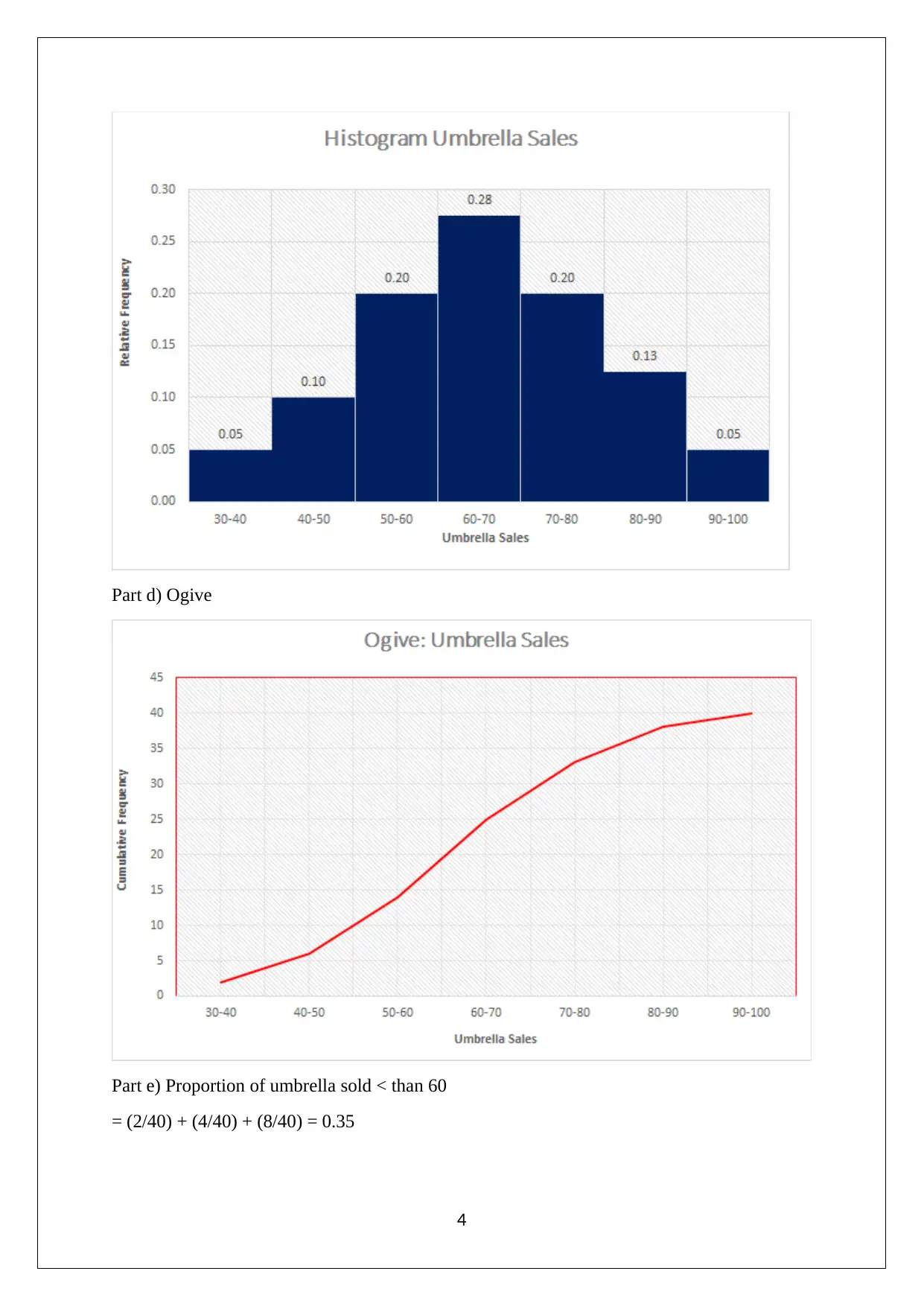
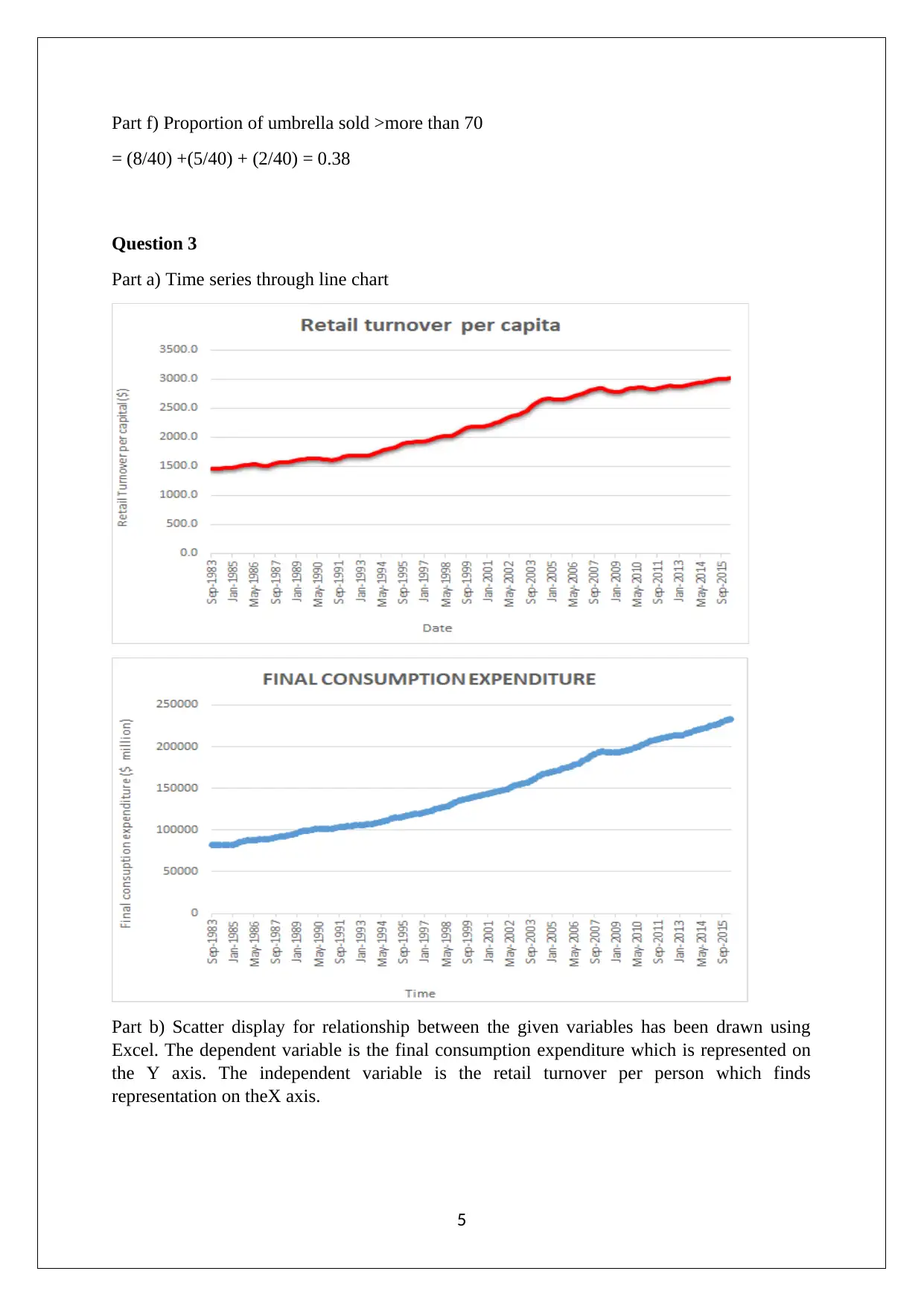
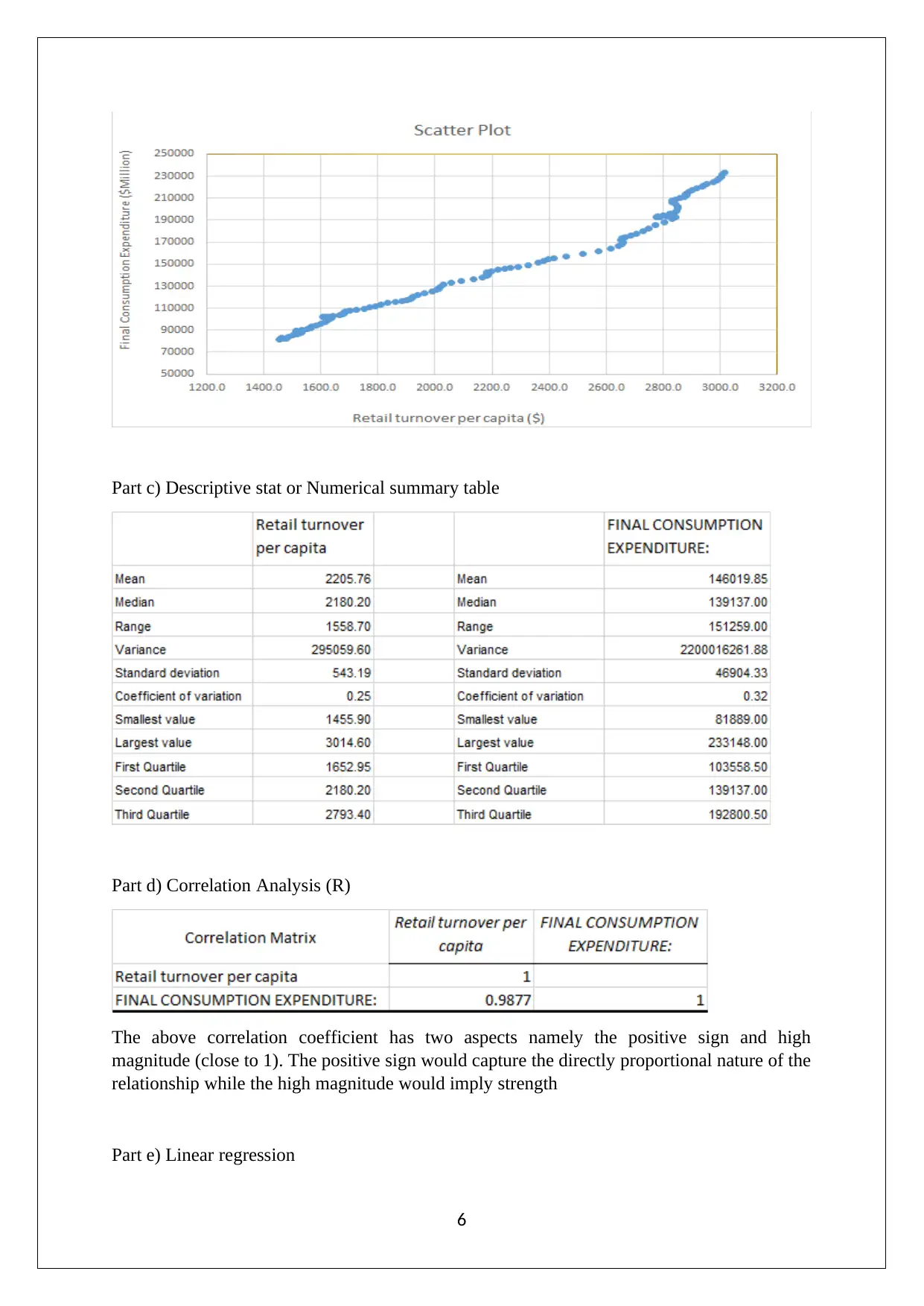
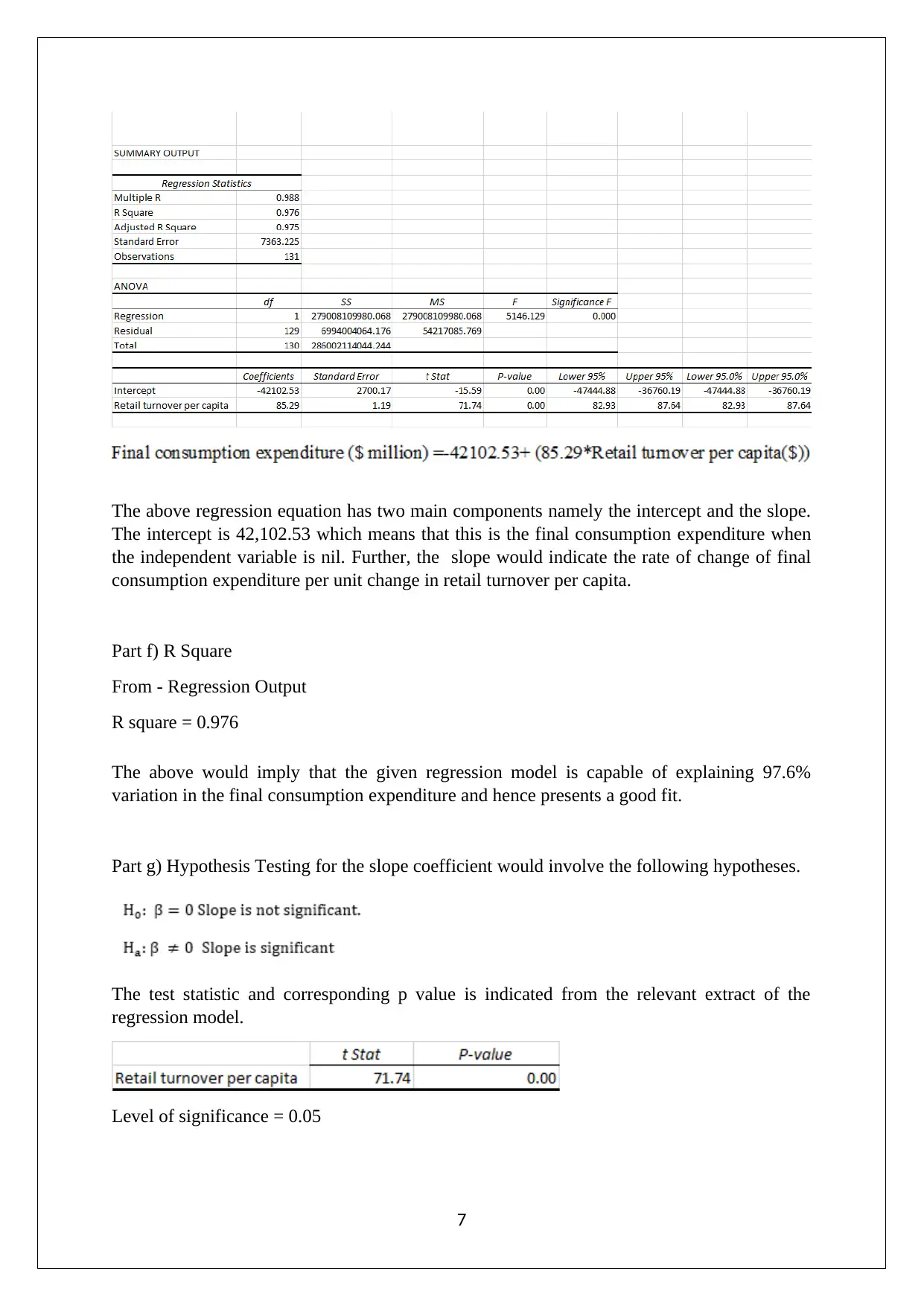
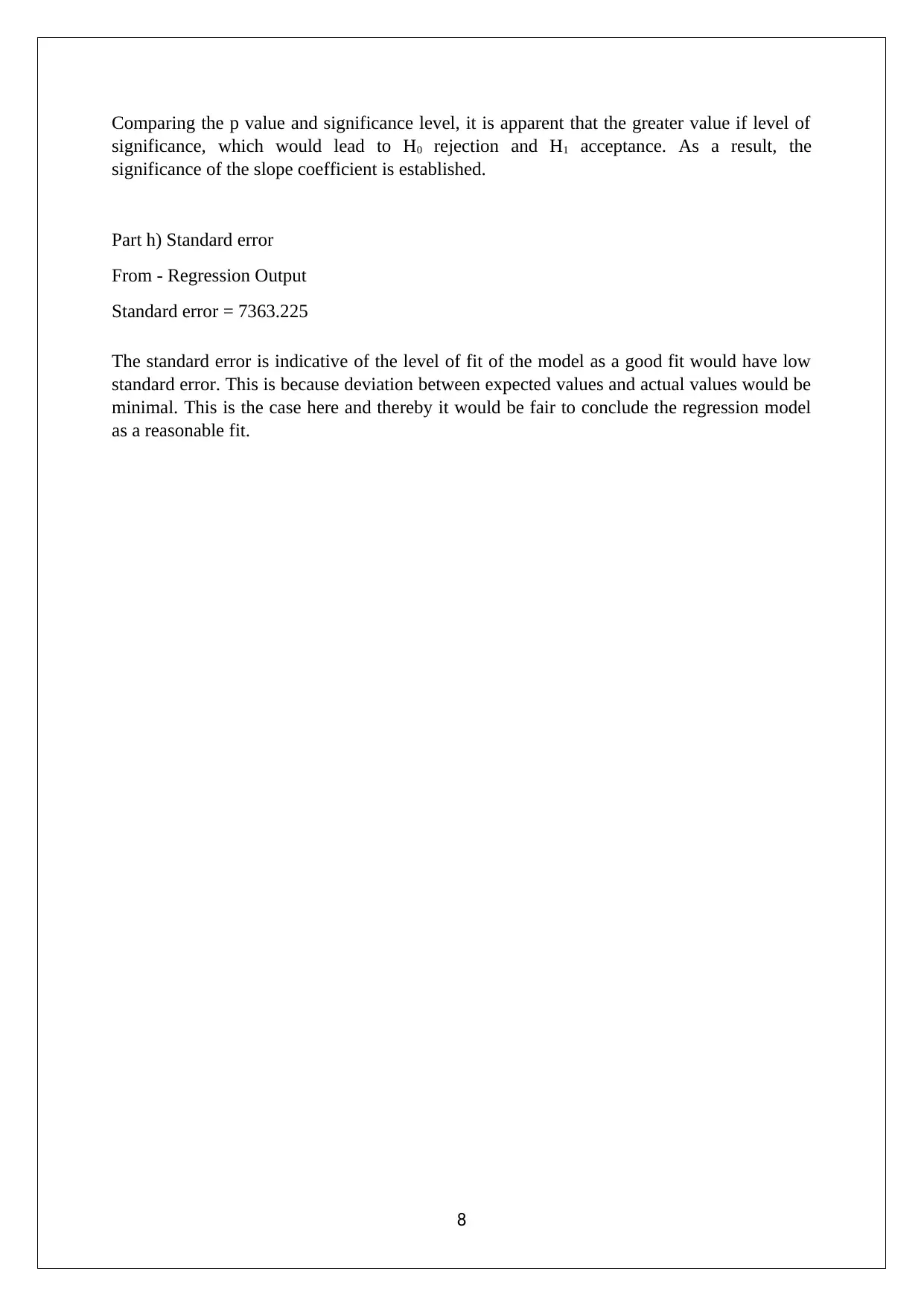






![[object Object]](/_next/static/media/star-bottom.7253800d.svg)